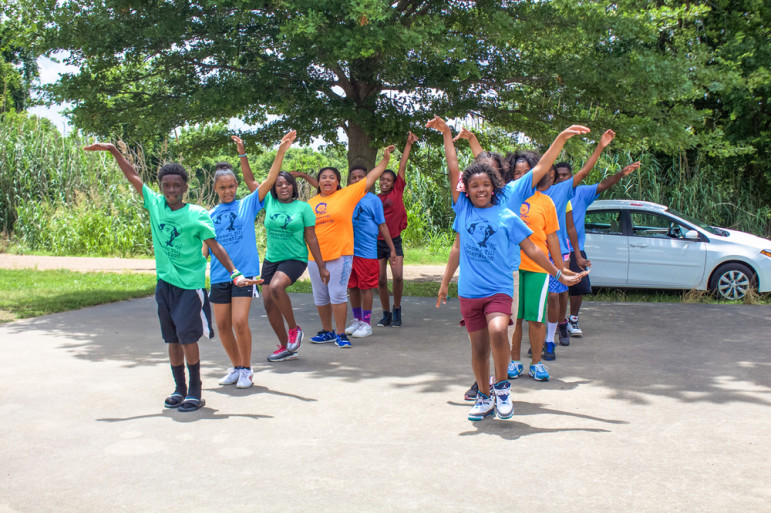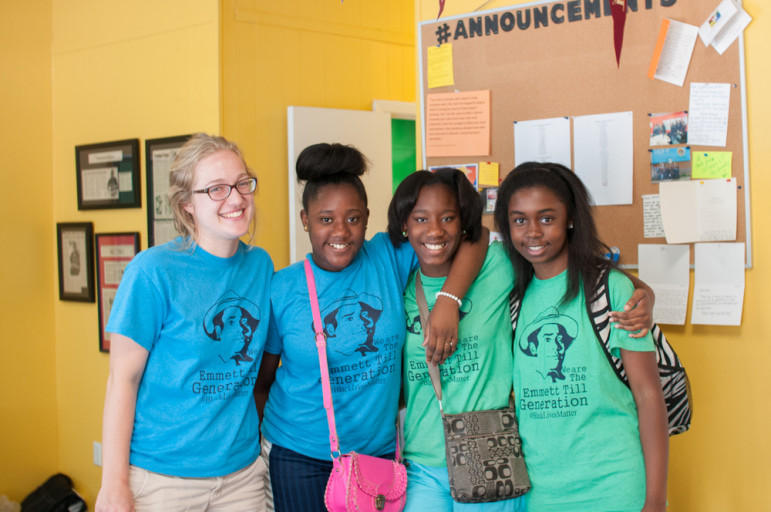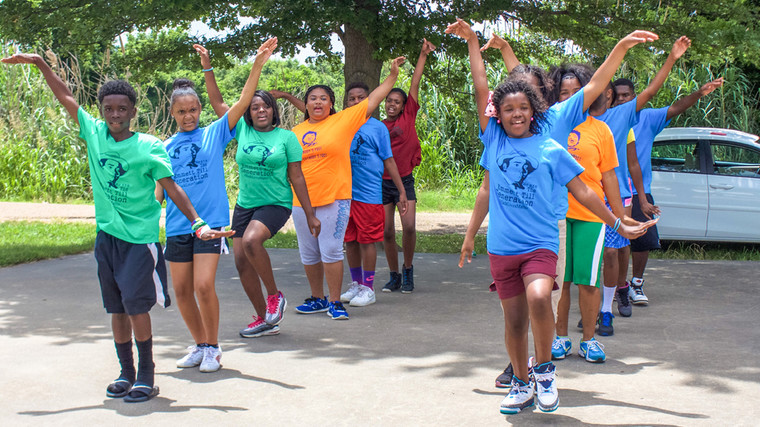
Photos by Laura Beth Lott
Only 13 percent of rural students in the United States take part in an after-school program, compared with 18 percent in the rest of the nation, according to a new report from the Afterschool Alliance. Here, kids participate in the Sunflower County Freedom Project after-school program in Sunflower, Mississippi.
Sunflower County, Mississippi, sounds like a cheerful place — until you realize the poverty rate is double the national average, and unemployment averaged 13.2 percent in 2015.
That’s why Sunflower County Freedom Project operates an after-school program with academic support and enrichment aimed at helping kids advance to college.
In many ways, Sunflower County reflects the reality of rural areas in the United States: more children in poverty than the national average, a higher incidence of very deep poverty and a minority population experiencing the brunt of it.
However, rural children in general have less access to after-school programs, according to the Afterschool Alliance in a report released last week.
And 60 percent of rural parents polled in the organization’s most recent America After 3PM survey said existing programs were difficult to afford. Forty percent of those who didn’t place their child in a program said cost was the reason, according to the report.

The Afterschool Alliance called for increased investment in rural programs, noting that eight out of 10 parents favor public funding for after-school programs. It also recommended a national summit on the issue.
“… there aren’t nearly enough afterschool programs to meet the need in rural America,” said Jodi Grant, Afterschool Alliance executive director, in a statement. “It should be a high priority for our leaders to change that.”
Grant said quality after-school programs keep students safe, inspire them to learn and help working families.
The Afterschool Alliance says that for every rural child in an after-school program, the parents of three more say they’d enroll their child if a program were available — showing an unmet need for 3.1 million children.
The Dakotas, Montana, Utah and New England states are among those with a higher-than-average population living in rural areas. Further south, the most rural states are Alabama, Mississippi, Kentucky and West Virginia, as well as Arkansas and Oklahoma, according to the U.S. Census Bureau.
Types of after-school programs are not necessarily different in rural areas than in suburban and urban ones. More than one-third of after-school programs for kids in rural areas are run by public schools. Boys & Girls Clubs operates 17 percent of programs, followed by private schools (14 percent) and YMCAs (13 percent), according to the Alliance.
The average weekly cost for one child in an after-school program is $95.80, the Alliance reports.
And rural programs are more likely to engage families in various activities and to provide food that parents consider healthy, according to the Alliance.
But they are also less likely to offer opportunities to learn about STEM (science, technology, engineering and math). And parents seem to have less information about the programs that are available. Transportation is also an issue, the report said.
Affordability, availability and accessibility are even more of an issue for African-American and Hispanic parents, the Alliance reports.
It also called for providing more information to parents and increasing STEM programming.
































